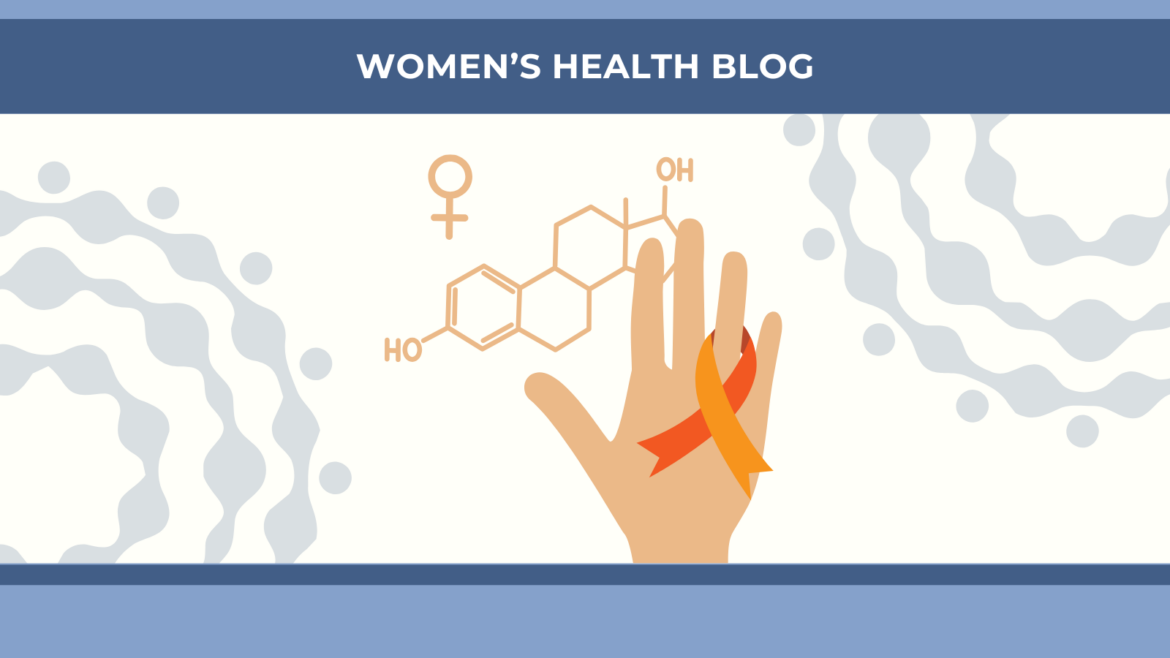Author: Claudia Paarmann-Chien, Ph.D., Department of Psychiatry and Neurosciences, Charité-Universitätsmedizin Berlin | Editors: Romina Garcia de leon and Janielle Richards
Published: February 7th, 2025

“I am disabled. I fall sometimes. I drop things. My memory is foggy. And my left side is asking for directions from a broken GPS. But we are doing it. And I laugh and I don’t know exactly what I will do precisely, but I will do my best.” ~ Selma Blair
Recently, Hollywood stars, such as Selma Blair and Christina Applegate, have brought some much needed attention to multiple sclerosis (MS). MS is a lifelong neuroinflammatory and neurodegenerative disease, so far without any cure. Since MS is a chronic, inflammatory and neurodegenerative disease that is typically diagnosed in early adulthood (majority between the ages or 20 to 40 years of age) and with approximately 3:1 prevalence in females versus males; it is a disease that requires more focus on female lifespan hormonal changes and their effects.
Do female sex hormones protect against MS-related disability?
There have been many years of research conducted on estrogen and the protective effects it can impart on neurodegenerative and inflammatory diseases. Shown in both animal and human studies, estrogen receptor alpha (ER) expression on astrocytes are important in preventing inflammatory signalling in the brain; as well as treatment of non-pregnant females (mean age = 37 years) with estriol – an ER ligand – reduces neuroaxonal damage in MS.
What have we found in terms of sex differences in brain health in MS so far?
Recently, our team in Berlin, Germany along with our collaborators at the University of California Los Angeles, have been working on profiling disease-related brain changes that differ between female and male patients with MS. Using well-matched and well-characterized cohorts of patients with brain magnetic resonance imaging (MRI) data available, we have found that at a later stage of MS, female patients (disease duration of 8.5 ± 7.7 years) showed significantly lower whole white matter volumes than age-matched female healthy participants. Meanwhile, male patients (disease duration of 8.5 ± 6.8 years) showed cortical grey matter thinning compared to male age-matched healthy participants in the right intraparietal sulcus and middle occipital gyrus, which are involved in executive attention and visual spatial attention networks. Looking at regions of the brain most associated with cognitive disabilities and clinical symptoms in MS, we found that males with MS showed widespread atrophy compared to healthy male participants. Meanwhile, females with MS only showed a decrease in volume in the thalamus (the relay hub for information between different brain regions) as compared to their healthy counterparts. However, all patients with MS showed significant whole brain atrophy compared to the age-matched healthy participants. Thus, we could see that disease-related trajectories in regional brain damage differed between the sexes.
Moving forward, what are some areas to focus on?
To take our research further, we have focused on using more advanced MRI measures to contrast differences in female and male patients with MS at an earlier stage of the disease. These patients are all relapsing-remitting patients with a disease duration of less than 1 year (both males and females). Brain white matter tract integrity was investigated using diffusion MRI, while taking into account the brain lesions that may intersect with specific tracts. We found in a preliminary experiment that females with MS have less brain lesions on average than male patients, however a higher percentage of the lesions overlap with the corpus callosum in female patients. We observed that female patients with MS had more free-flow of water in several white matter tracts, which could indicate more damage in nerves (possible demyelination) in specific regions. These first findings could indicate that females with MS, even at an early stage in their disease, have white matter damage primarily in motor pathways (such as in the corona radiata and corticospinal tracts). This finding is less intuitive than clinical observations, where often male patients with MS accrue more disability than females; although females tend to have more central nervous system inflammation than males prior to menopause. However, our findings could indicate that prior to menopause in early MS, female white matter tracts could be protected and have the chance to remyelinate due to the effects of estrogen, which females inherently have higher concentrations of.
While our preliminary research is only cross-sectional and cannot distinguish how damage and repair may occur throughout the early MS disease course in females, we will continue this analysis in a longitudinal setting to evaluate brain changes with MRI. We are hopeful this research will shed light on early adulthood differences in the sexes and how it may affect patient MS-related disability over their lifetime.


